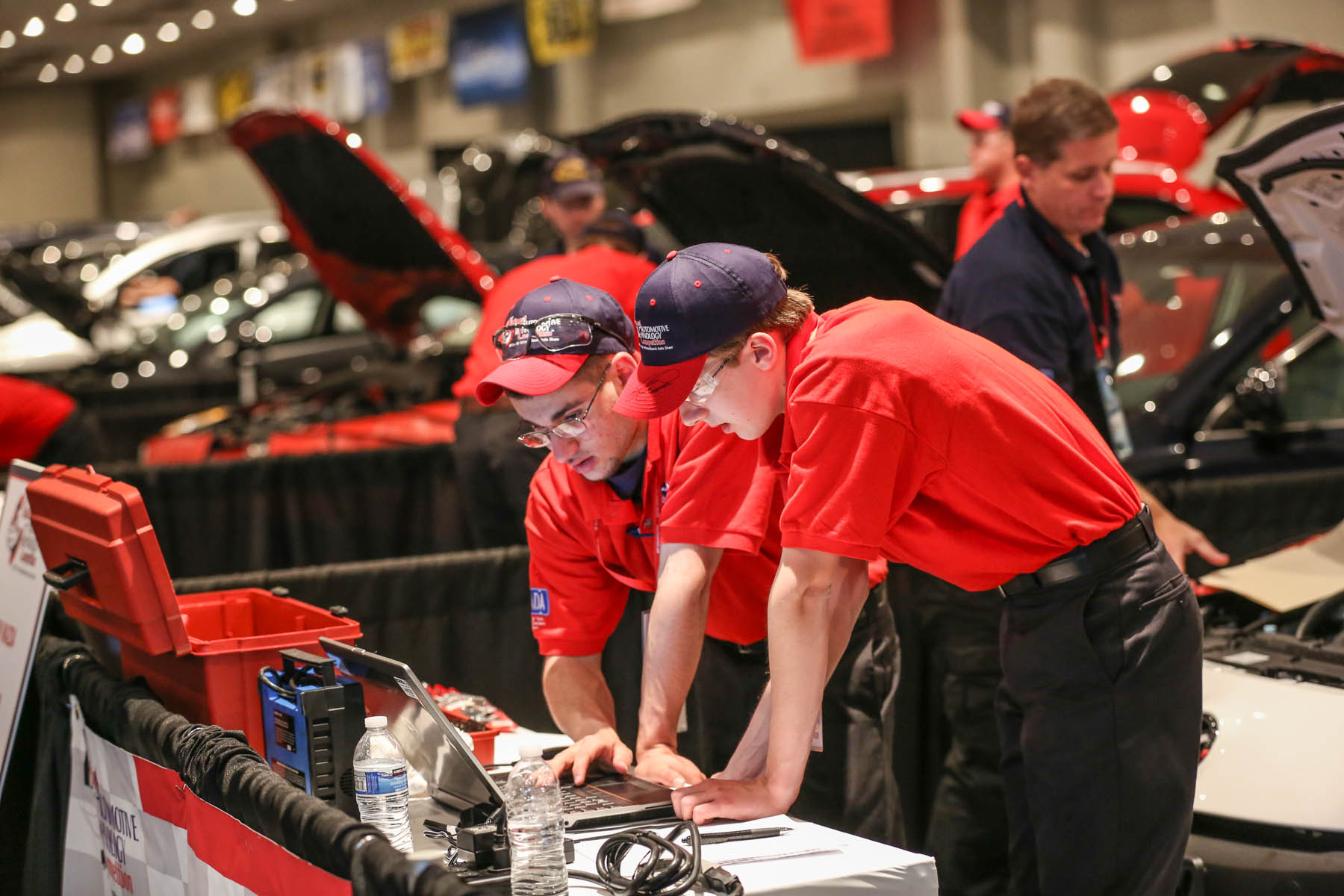Quality management in the automotive industry is a comprehensive approach to ensuring that services meet or exceed buyer expectations. Given the complexity of automotive manufacturing and the critical nature of vehicle performance and safety, high quality administration is of paramount importance. Here's an summary of key features of high quality management in the automotive industry:
Quality Standards and Certifications:

ISO 9001: Many automotive manufacturers and suppliers adhere to ISO 9001 requirements, which give a framework for establishing, implementing, and maintaining a high quality administration system. ISO 9001 certification is recognized globally and signifies a commitment to quality.
Quality Control and Inspection:
Statistical Process Control (SPC): SPC involves monitoring and controlling manufacturing processes to ensure they operate efficiently and inside specified limits. It entails statistical methods to establish variations within the manufacturing course of.
Quality Inspections: Rigorous inspections at various stages of manufacturing, from raw material consumption to last meeting, assist determine defects and be positive that only products meeting high quality standards are launched.
Continuous Improvement:
Kaizen: The concept of steady improvement, known as Kaizen, is integral to high quality administration. It entails ongoing efforts to reinforce processes, remove waste, and optimize effectivity in all aspects of automotive manufacturing.
Supplier Quality Management:
Automotive producers work closely with suppliers to maintain high-quality requirements throughout the provision chain. Supplier high quality management entails setting expectations, conducting audits, and collaborating to handle and resolve high quality issues.
Failure Mode and Effects Analysis (FMEA):
FMEA is a systematic methodology for evaluating and prioritizing potential failure modes in a course of. It helps determine areas the place enhancements are needed to stop or mitigate the influence of failures on product high quality.
Design for Six Sigma (DFSS) and Design for Reliability (DFR):
DFSS and DFR methodologies are applied through the product design part. DFSS focuses on designing merchandise and processes with minimal defects, whereas DFR goals to enhance product reliability and durability.
Traceability and Recall Management:
Traceability methods allow producers to track parts and materials throughout the production process. This is critical for identifying and recalling faulty products quickly within the event of safety considerations.
Employee Training and Involvement:
Properly skilled and engaged employees are essential to sustaining high quality. Training packages ensure that staff understand quality requirements, adhere to best practices, and actively contribute to a culture of steady improvement.
Customer Feedback and Satisfaction:
Customer feedback is an important component of high quality management. Gathering and analyzing Visit this page helps producers determine areas for enchancment, handle issues promptly, and enhance total buyer satisfaction.
Regulatory Compliance:
Compliance with industry-specific regulations and safety standards is non-negotiable in the automotive sector. Adhering to laws ensures that automobiles meet safety and environmental standards set by regulatory authorities.
Lean Manufacturing Principles:
Adopting lean manufacturing rules helps eliminate waste, enhance efficiency, and optimize processes. This contributes to greater quality products and reduced production costs.
Data Analytics and Predictive Maintenance:
Leveraging knowledge analytics for predictive maintenance permits producers to anticipate tools failures and carry out preventive upkeep, lowering downtime and ensuring constant product high quality.
In conclusion, quality administration within the automotive business is a multifaceted strategy that encompasses standards, processes, know-how, and a commitment to continuous enchancment. It is integral to making sure that autos meet stringent security and performance necessities, constructing customer trust, and maintaining the competitiveness of automotive producers in a global market..
